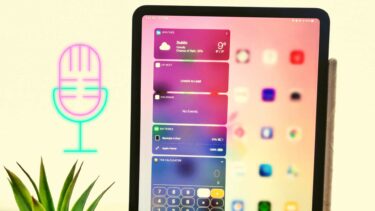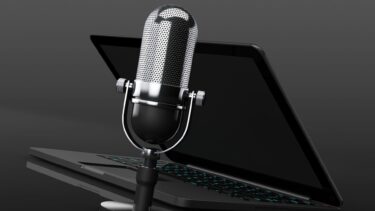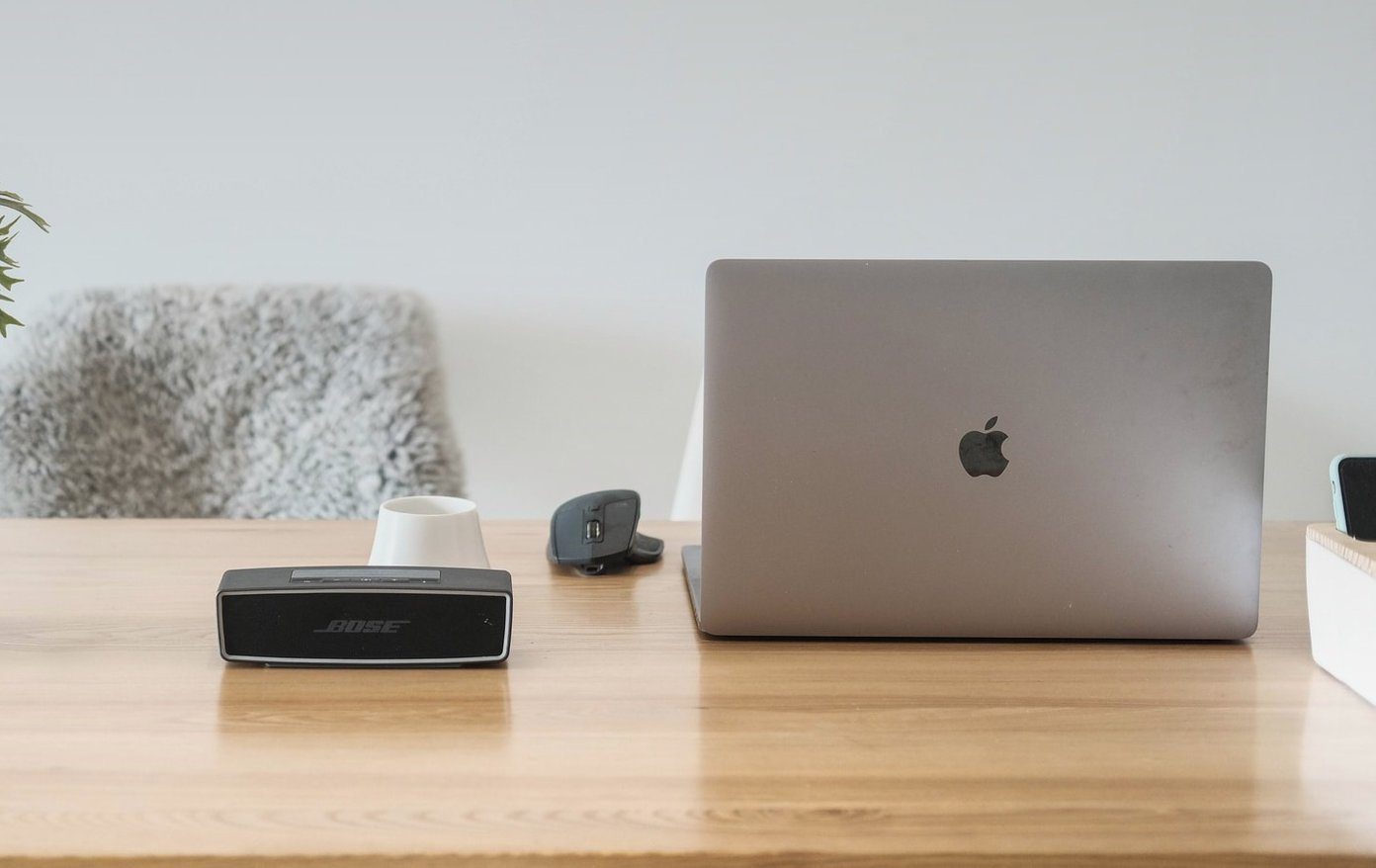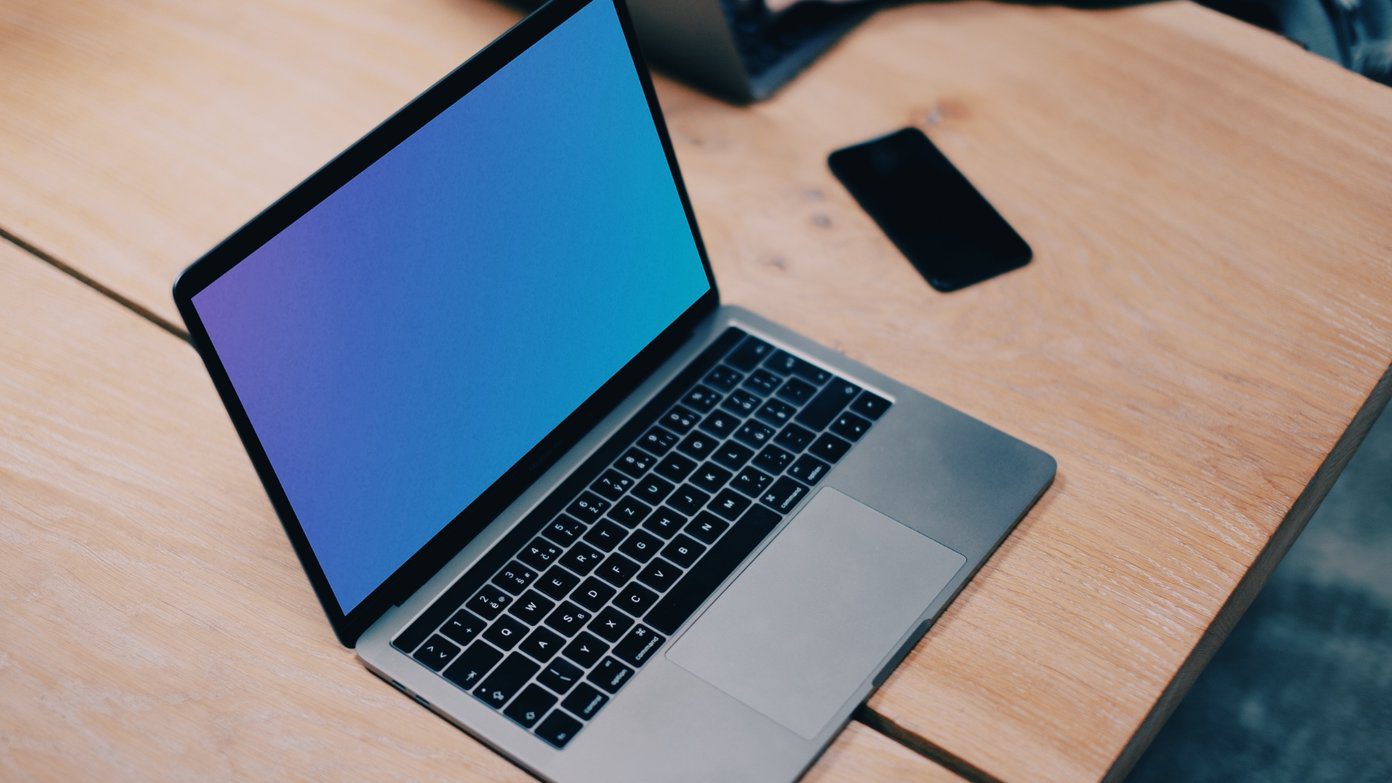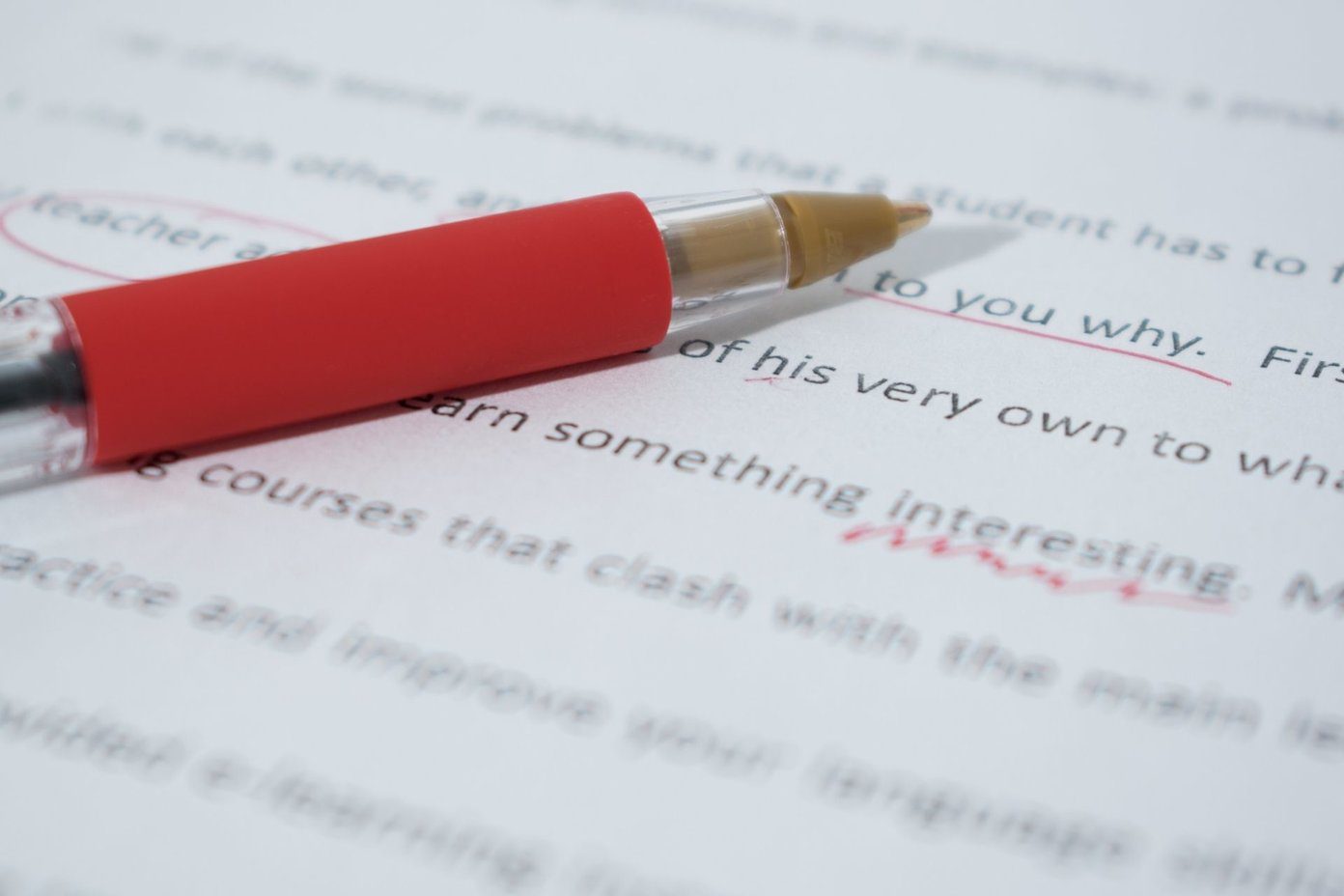You can fix microphone issues on your iPhone. It could involve merely cleaning it or resorting to resetting your iPhone if nothing else works. We have compiled practical troubleshooting tips to get it working in no time. So, let’s get right to it.
1. Clean the Microphone
You can inspect the microphones on your iPhone and they’d be placed at different locations depending on the model. For instance, the new iPhone 13 series also have one next to the camera lenses at the back. Apart from the usual one at the bottom, you can find one on the front next to the earpiece and the other on the back next to the camera. Clean them with a soft bristled brush. Or you can use a microfiber cloth dipped in some isopropyl alcohol to clean those areas. Remove the case or a screen protector, if any, on your iPhone and clean all these microphone openings.
2. Test the Microphone
Next, you can test the microphones on your iPhone to rule out any hardware issues. To test the primary microphone (the one located at the bottom) on your iPhone, you can use the Voice Memo app. Record a small clip and play it to see if the primary microphone is working fine. Similarly, to test out microphones on the front and back, use the camera app. Record a couple of videos using the rear and the front-facing camera on your iPhone. After recording the videos, play them to see if you can hear the voice clearly. If the microphone seems to be working alright, continue with this guide.
3. Turn Off Bluetooth
If you’re using your iPhone with Bluetooth enabled, the issue could also arise if your iPhone constantly tries to connect to a Bluetooth device. To overrule this, you need to turn off Bluetooth on your iPhone. Open the Settings app and tap on Bluetooth. Then toggle off the switch next to Bluetooth.
4. Check Relevant App Permissions
If the microphone not working issue is only occurring in a select few apps, you need to check the relevant app permissions on your iPhone. Here’s how you can allow apps to access microphones on your iPhone. Step 1: Open the Settings app and go to Privacy. Step 2: Tap Microphone and toggle the switches next to the apps to allow microphone permission.
5. Disable Noise Cancellation
Noise cancellation is a feature on iPhone that reduces ambient noise when holding the receiver to your ear. Sometimes, it can also get finicky and lead to microphone issues. You can try disabling this feature to see if that resolves iPhone’s microphone not working issue. Note: iPhone 13 models do not support the noise cancellation feature. Step 1: Open the Settings app on your iPhone and navigate to Accessibility. Step 2: Under Hearing, tap Audio/Visual and toggle off the switch next to Phone Noise Cancellation. After disabling noise cancellation, check to see if the microphone is working fine now.
6. Update iOS
If the problem persists, you can install any pending software updates on your iPhone. Sometimes, minor bugs in iOS can also lead to microphone issues. Apart from this, if you use the latest iOS beta builds on your iPhone, you’re highly likely to encounter issues with the microphone or the speaker. Since these builds are highly unstable, consider switching to a stable build on your iPhone.
7. Reset Your iPhone
If the above solutions don’t work out, you’ll have to reset your iPhone as a last resort. This will erase all the settings on your iPhone and won’t remove your personal files and data. Step 1: Open up the Settings menu and go to General. Tap on Transfer or Reset iPhone at the bottom. Step 2: Next, tap on Reset and choose Reset All Settings from the menu that pops up. Enter your passcode, and your iPhone will begin the restoration process.
Mic Test
Microphone issues can be frustrating as both hardware and software are involved. If the issue is software-related, then the solutions above should help fix it. But if you’re still struggling with your iPhone’s microphone, then you should visit the nearest Apple Authorized Service Provider for further help. The above article may contain affiliate links which help support Guiding Tech. However, it does not affect our editorial integrity. The content remains unbiased and authentic.




















